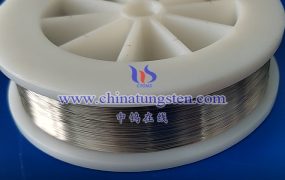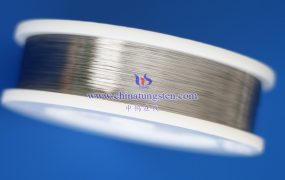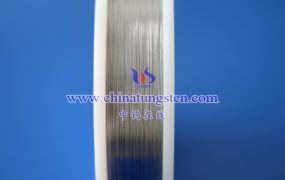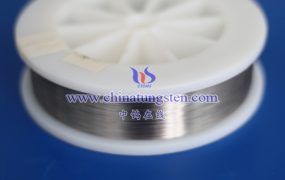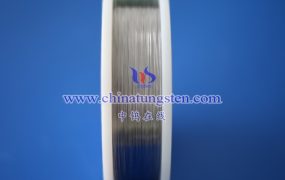The reason why tungsten wire is easy to break at the moment of power failure is mainly related to its physical properties and the change of thermal stress during the working process. The following is a detailed analysis of this phenomenon:
- Physical properties of tungsten wire
Tungsten is a metal with a high melting point and high hardness, and is often used as a filament material in light bulbs. However, tungsten wire also has a certain brittleness, especially after experiencing high temperature and rapid cooling, its toughness will be further reduced.
- Changes in thermal stress at the moment of power failure
Temperature change:
When the bulb is lit, the tungsten wire is heated to a high temperature state, and its length will increase due to thermal expansion.
When the bulb is powered off, the tungsten wire cools rapidly and its length is rapidly shortened.
Generation of thermal stress:
Since the length of the tungsten wire changes during the heating and cooling process, and the bracket and other components in the bulb have a certain constraint on the tungsten wire, thermal stress will be generated inside the tungsten wire.
This thermal stress is particularly significant at the moment of power failure, because at this time the temperature of the tungsten wire drops rapidly, while the change in length is constrained by the surrounding components.
- Fracture mechanism
Brittle fracture:
Since the tungsten wire itself has a certain brittleness, its toughness is further reduced after experiencing high temperature and rapid cooling.
When the thermal stress exceeds the tolerance limit of the tungsten wire, brittle fracture will occur.
Fatigue accumulation:
During the use of the bulb, the tungsten wire will undergo multiple heating and cooling processes, resulting in the continuous accumulation of thermal stress inside the tungsten wire.
Over time, this fatigue accumulation will gradually weaken the strength of the tungsten wire and increase the risk of its breakage.

- Other influencing factors
Tungsten wire quality:
The purity, preparation process and diameter of the tungsten wire will affect its physical properties and toughness.
Poor quality tungsten wires are more likely to break at the moment of power failure.
Bulb design:
The internal structure and bracket design of the bulb will also affect the thermal stress and breakage risk of the tungsten wire.
Reasonable design can reduce the constraint and stress concentration on the tungsten wire, thereby reducing the risk of breakage.
- Considerations in practical applications
In lighting equipment such as halogen lamps, in order to reduce the risk of tungsten wire breakage at the moment of power failure, the following measures can be taken:
Select high-quality tungsten wire:
Choose tungsten wire materials with high purity, high strength and good toughness.
Optimize bulb design:
Improve the internal structure and bracket design of the bulb to reduce the constraint and stress concentration on the tungsten wire.
Control the working environment:
Avoid using the bulb under extreme temperature or humidity conditions to reduce the adverse effects on the tungsten wire.
More details of tungsten wires, please visit website: http://tungsten.com.cn/tungsten-wires.html
Please contact CHINATUNGSTEN for inquiry and order of tungsten needles:
Email: sales@chinatungsten.com
Tel.: +86 592 5129595

